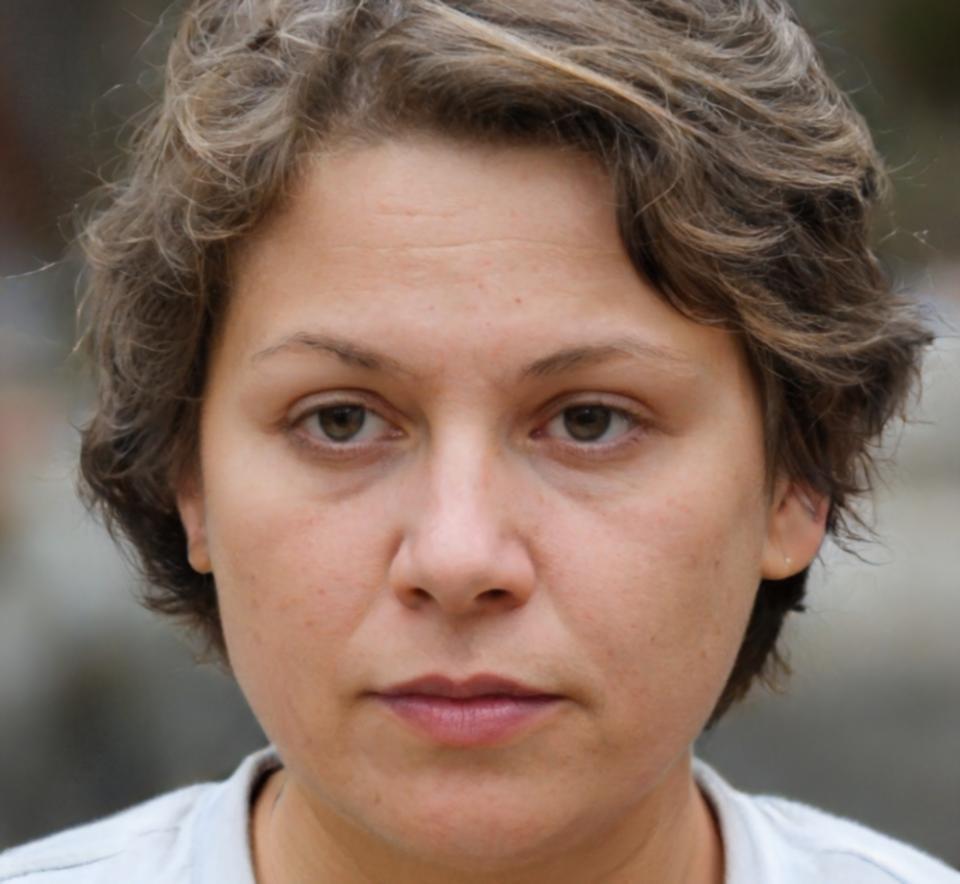Financial Management Communication Programme
Cohort begins September 2025
Here's something we've noticed over the years — people can handle numbers just fine. But when it comes to explaining what those numbers actually mean to stakeholders who aren't finance experts? That's where things get messy. This programme helps bridge that gap. You'll learn to communicate financial insights in ways that actually make sense to different audiences.
Express Your InterestWhat You'll Work Through
Six modules spread across twelve weeks. Each one builds on the previous, so you're not just collecting random skills — you're developing a complete approach to financial communication.
Translating Financial Data
You'll learn to turn spreadsheets and reports into narratives that non-finance colleagues can actually follow. We focus on clarity without oversimplification.
Stakeholder Mapping
Different people need different information. Board members want one thing, department heads want another. You'll develop strategies for each group.
Visual Presentation
Charts, graphs, dashboards — these tools can clarify or confuse. We'll work on choosing the right format for each situation and making your data presentations easy to digest.
Crisis Communication
When numbers take an unexpected turn, how you explain it matters. This module covers delivering difficult financial news with transparency and composure.
Cross-Department Collaboration
Finance doesn't exist in isolation. You'll practice working with marketing, operations, and other teams to align financial messaging across the organization.
Ongoing Reporting Rhythms
Creating regular, consistent financial updates that people actually look forward to receiving. We'll develop templates and approaches you can use long after the programme ends.
Common Obstacles and How We Address Them
These issues come up constantly in financial communication. And honestly, they're more common than most organizations want to admit.
Jargon Overload
Financial professionals speak a specific language. When you use terms like "EBITDA" or "working capital ratio" with people outside finance, you've often lost them before you've started.
Information Density
Trying to fit too much data into one presentation or report. People shut down when they see walls of numbers with no clear narrative.
Misaligned Timing
Delivering financial updates when stakeholders aren't ready to receive them, or waiting too long and creating information gaps.
Plain Language Framework
We'll practice converting technical terms into everyday language without losing accuracy. You'll develop a personal glossary for different audiences.
Layered Information Design
Creating summaries with optional deeper dives. People can get the main points quickly, then explore details if they want more context.
Communication Calendar
Building a schedule that aligns with business rhythms and stakeholder needs. You'll map out when different groups need different information.
Quick Insights Worth Remembering
Small adjustments that can make a noticeable difference in how your financial communication lands.
Context First
Always start with why the numbers matter before diving into what they are. People need the frame before the picture.
One Key Message
Each report or presentation should have one primary takeaway. Everything else supports that central point.
Invite Questions Early
Don't wait until the end for clarifications. When people can ask as you go, comprehension improves dramatically.
Show Trends, Not Just Snapshots
Single data points mean little without comparison. Always include what came before and what you're tracking toward.
Consistent Formatting
Use the same structure for regular reports. Familiarity helps people find information faster and builds trust.
Write How You'd Speak
Financial writing doesn't need to be formal to be professional. Conversational clarity beats corporate stiffness every time.
Programme Timeline
Twelve weeks, starting September 2025. Sessions run Tuesday and Thursday evenings, 6:30–8:30 PM AEST.
Foundations and Assessment
We'll start by looking at your current communication approaches, identifying strengths and areas for development. You'll also meet your cohort and begin building working relationships.
Core Skills Development
This is where we work through the first four modules. You'll practice translating data, mapping stakeholders, designing visuals, and handling difficult conversations.
Applied Practice
You'll bring real scenarios from your workplace and work through them with the group. Peer feedback happens here, along with modules five and six.
Integration and Planning
Final presentations, creating your personal communication framework, and developing an action plan for implementing what you've learned.
Who's Leading the Sessions

Petra Lindholm
Financial Communication Specialist
Petra spent fifteen years in corporate finance before shifting focus to communication training. She works with finance teams who need to present complex information to non-technical audiences. Her background includes roles at mid-sized manufacturing firms and financial services companies across Sydney and Melbourne.

Wren Gallagher
Organizational Communication Consultant
Wren specializes in helping technical experts communicate with broader teams. She's worked with finance departments, engineering groups, and legal teams over the past decade. Her approach focuses on practical application rather than theory, drawing from her experience facilitating cross-functional collaboration in professional services.
Ready to Improve Your Financial Communication?
The September 2025 cohort has twenty-four places available. If you're interested in joining, reach out and we'll send you the full programme details, including fees and registration information.
Get in Touch